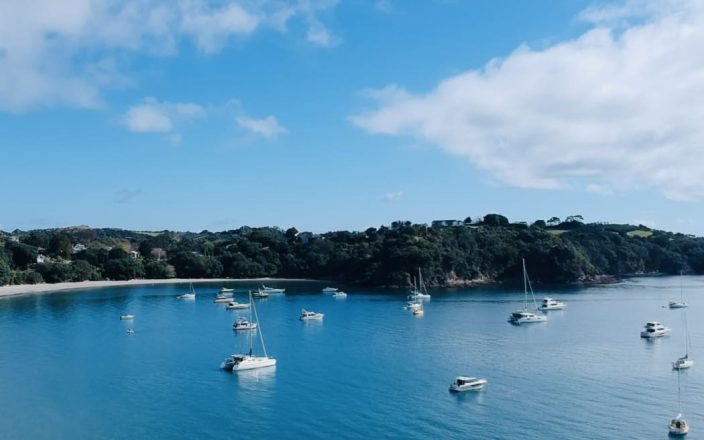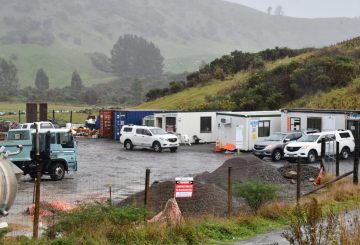Waiheke Island is facing a housing crisis. Many homeowners are renting their houses to tourists instead of long-term residents. This has led to a high rate of homelessness on the island, which has a small population. Although many homes are available, over a third are unoccupied, causing problems for local people looking for affordable housing.
Dr. Pam Oliver, a social researcher and longtime resident, highlighted that other popular tourist spots have managed similar issues without losing tourist income. She said, “We don’t want tourists to leave; we just need to fix the oversupply of short-stay rentals and ensure homes are available for locals.”
Airbnb and similar platforms often bring more money than long-term rentals for homeowners. This leads to many houses being empty for most of the year while local renters struggle to find homes. In 2018, 38% of homes on Waiheke Island were empty, and this number may be higher now. A recent local newspaper review found only nine long-term rental homes available, compared to 698 short-stay listings, and those nine were not affordable.
People who have rented homes for years are facing tough choices. Many are forced to share places with friends or move frequently to find somewhere to stay. This issue is not unique to Waiheke Island; other places worldwide are taking steps to manage tourism’s impact on local housing.
Project Waiheke Forever, which Oliver is part of, is asking the Auckland Council to take action. They suggest local governments can create rules to help residents. For example, some places increase rates for unoccupied homes or limit how many days a house can be rented out for tourism. Cities in New Zealand, like Rotorua and Christchurch, as well as cities in Australia, have already made such changes.
Oliver says it is now the Auckland Council’s turn to help protect local people and ensure they have access to housing.






























































